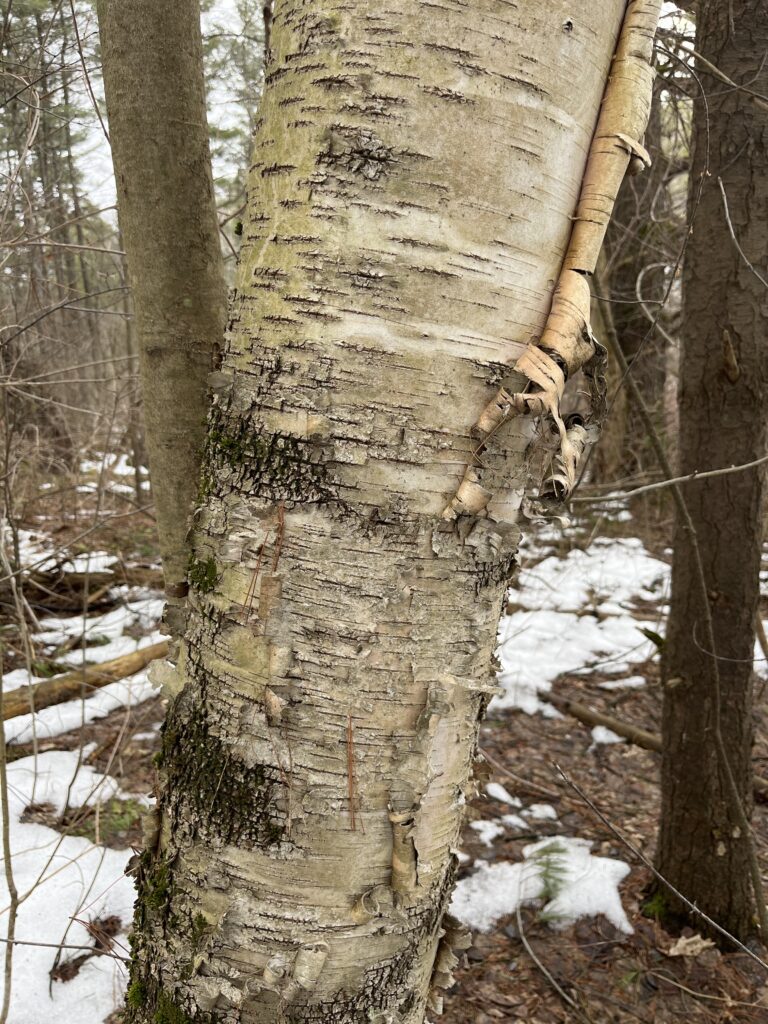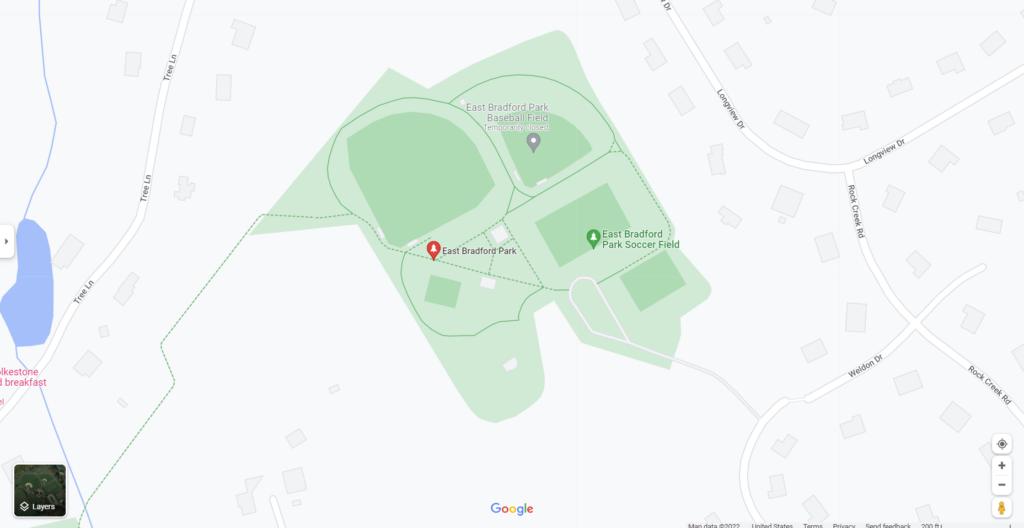First Blog Post (10/17/22): Introduction to Rock Point
Today I took my first trip to Rock Point, Vermont. I picked this location in particular because it was originally a place my lab group have gone to if it had rained during our lab day. Because of the weather not working out in our favor, I decided I wanted to pick Rock Point to see what I had missed out on and see what interesting forest and coastal views were in store for me as I watch this area change through the seasons.
You can get to this location by going to Burlington High School, then going past it to where the North Beach sign is. There next to it will be the entrance to Rock Point. After that follow the concrete road into the forest until you get to this clearing with a split path:
From there you make a left and you keep following the dirt path until you make it to the coast where there will be guard rails and this view:
At this point is where I started to document the types of forestry and herbaceous topography around the area. One thing that was very apparent from the start was that the terrain started to become more rocky and uneven as I went to the cliffside. The trees around the area started to become different as well. The rest of the surrounding forest consisted of a lot of sugar and red maples, with their fallen leaves covering most of the forest floor, as well as a fair amount of Eastern White Pines, Eastern Hemlocks, and Northern White Cedars. The surrounding vegetation was also pretty interesting, consisting of what I believe was Walking Ferns taking up most of the ground as well as an abundance of one type of flowery plant that I was unable to identify.

